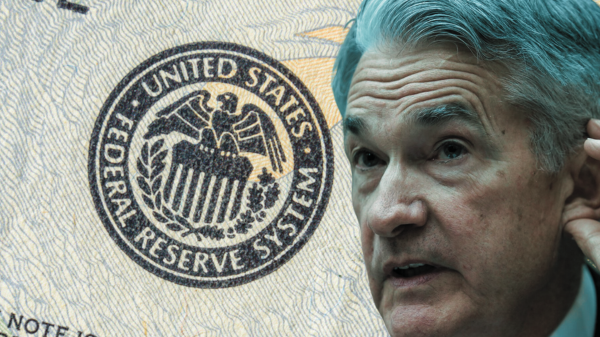Monetary policy continues to shift toward restraint, setting up a sharper economic decline by year-end and into 2024.
The Week That Was
June retail sales were up at a modest 2 percent annual rate. However, the second quarter average was unchanged from the first quarter and up only 1 percent from a year ago.
The Fed’s manufacturing production data also remain stable, unchanged for the past year.
The July Home Builders’ Index rose to 56, the second month reflecting positive confidence. In contrast to new housing activity, existing home sales and permits remain depressed.
Things to Come
S&P will report today on its business survey for early July. June business surveys reported
moderate growth in service companies and strong new orders. Although not yet apparent, we continue to expect signs of weakness in service companies.
On Wednesday the Fed wiill report its monetary policy decision. The Fed will raise its target rate by ¼ percent and announce it will continue to sell securities. This will drain more money from the economy in August and September.
If the Fed’s sales of securities continue to reduce the amount of money, by September the year-over-year money supply will be down 18 percent and the two-year average rate will still be 9 percent a year.
If the economy and inflation remain troublesome and the Fed decides to persist with a policy of restraint, the average two-year growth in money would reach an average of 1 percent a year by December. At that point, the delayed impact of monetary restraint would produce a major downturn throughout 2024.
Friday’s report on June consumer spending, income, and inflation will provide the most current comprehensive view of the economy. The May report showed wages rising at a 6 percent rate, real disposable income up 4 percent, and core inflation at 3.8 percent.
We continue to anticipate some slight easing in most of these relatively strong numbers.
We are getting reports of a serious increase in bankruptcy filings. While not unexpected, it is bad news for the economy next year—an election year.
Money, Money, Money
Monetary restraint continued into July. The money supply is down 14 percent over the past year, but the two-year average growth is still high at 12 percent.
Another highly reliable monetary indicator—the yield curve—has become progressively more inverted. Although the lag between money and the economy is usually six to nine months, it can be longer.
Federal spending can create a temporary boost to the economy, However, there is a delayed offset, when public spending crowds out private spending. This past year, federal spending is up 10 percent from a year ago.
The impact of monetary policy has yet to hit the economy. This delay means its impact will be greater when it finally hits. We remain cautious about the outlook for stock prices.
Market Forces
Stock prices continued to move higher to this past week as investors remain optimistic.
There is disagreement between two of the most reliable early indicators of the economy: stock prices and housing.
The S&P500 is up 24 percent from its October low, bringing it within 4 percent of its all-time high of early 2022. Housing permits, by contrast, are down 15 percent and existing home sales down 22 percent.
Housing activity is based on economics, while stocks have a psychological element.
Outlook
Economic Fundamentals: negative
Stock Valuation: S&P 500 overvalued by 16 percent
Monetary Policy: restrictive
For more Budget & Tax News.
For more from The Heartland Institute.
